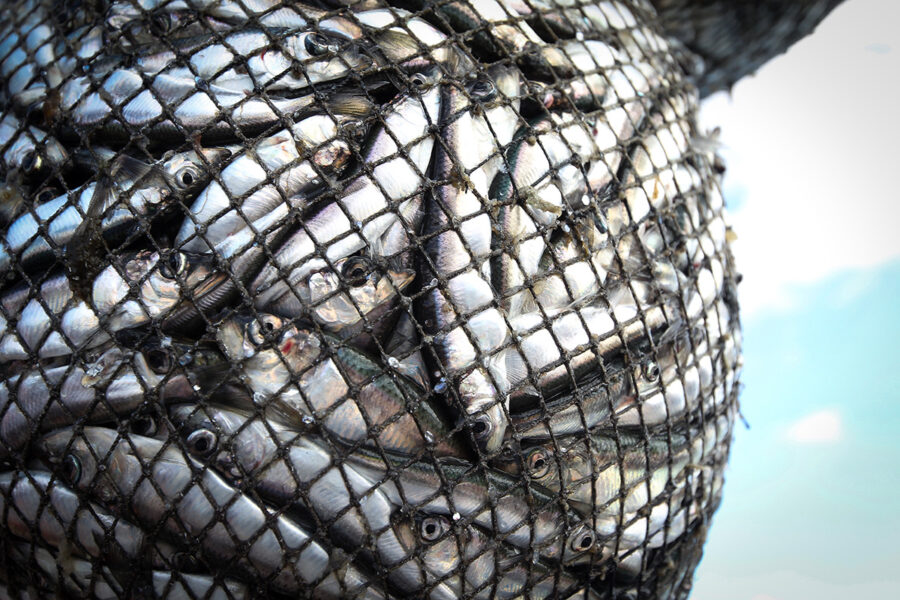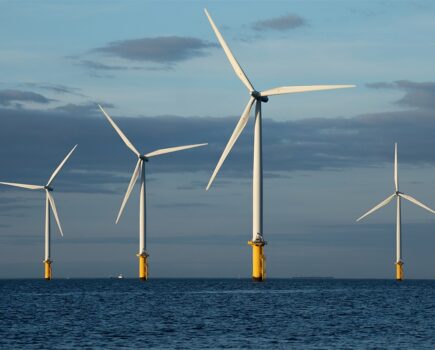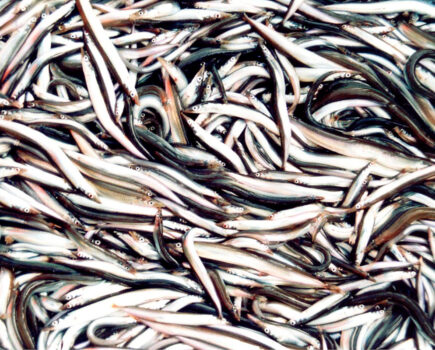The UK fishing industry has been reacting to a report published last week by the international NGO Oceana claiming that five key UK stocks, including western mackerel and North Sea cod, are ‘overfished or critically low’.
Recognising that ‘half of the top stocks on which the UK fishing industry relies are both of a healthy size and sustainably fished’, the report nonetheless suggests that overall there has been little improvement in the status of many key stocks since a baseline study in 2020.
The strongest claims about overfishing and ignoring scientific advice are on the west coast of Scotland and in the Irish Sea, where ICES zero TAC advice for stocks such as West of Scotland cod or Irish Sea whiting is set against the reality of a small bycatch being inevitable in other fisheries. The report makes little or no mention of the implications that a genuine ‘zero catch’ on these stocks would have on other fisheries.
And whilst the report makes some sensible suggestions towards long-term sustainable management, this has largely been subsumed in meaningless headlines, including a claim from one Z-list celebrity that the government needs to ‘prevent the UK from losing its fish and starving its seas’. Really? Mackerel stocks are in that parlous a state?
Director of Oceana UK Hugo Tagholm was slightly more nuanced, saying: “This report shows the critical fragility and state of our seas. People forget that fishing is an extractive industry, and at the moment it is being badly managed across the country.”
He added: “This is a UK report, but Scotland has our biggest fishery, so this is very Scottish at its heart – it’s where most of the fishing activity happens in this country.”
Many of the ‘over-exploited’ fish are, he said, familiar and well- loved. “The mackerel, the cod, the scallop are species that are staples in people’s diets. (Scallops? Really? In Islington, perhaps.) They are high-street names, and these are fish that are being taken to the brink because the government is not following scientific advice.”
“Big industrial fishing,” added Mr Tagholm, “is exploiting the sea far too quickly and taking away the livelihoods of those low-impact, sustainable fishing communities that operate in more harmony with the sea.”
Scottish Fishermen’s Federation CEO Elspeth Macdonald responded in depth as mainstream media across the UK ran stories about the report.
“This report is a naïve assessment based on only partial knowledge and limited understanding of fisheries science and management,” she said. “It’s routine for fish stocks to fluctuate. Increases and decreases in scientific advice between years are absolutely normal. Scientific advice also contains margins of error.
“Scientists now acknowledge that there is no such thing as a West of Scotland cod stock. We have a northern shelf cod stock that covers the North Sea and West of Scotland, and ICES advice due to be published very soon is expected to show that it is in good health. It will be evident that science is catching up with what fishermen have been saying for years – that cod are abundant in Scottish waters and that the stock is healthy.
“Fisheries managers also have to make decisions that translate into the real world. If the scientific advice for one stock in a mixed fishery is for zero TAC, managers may have to set a small quota to account for bycatch – otherwise they risk closing a whole fishery where other stocks may be very abundant.
“It’s also worth noting that the Scottish government has a national indicator of the percentage of fish stocks fished sustainably. In 2020, an estimated 69% of commercial fish stocks were fished at sustainable levels in Scottish waters. This represents an increase of 35 percentage points from 2000. This is the highest level recorded since data collection began in 1991 and demonstrates the ongoing recovery of fish stocks.”
A Scottish government statement on the report said: “We take our responsibility to balance the competing pressures on the marine environment seriously, and the Scottish government’s management of its fisheries is well-respected internationally.
“We continue to take action to protect our marine environment and engage with our fishing industry. Scotland’s world- renowned seafood sector supports vital jobs across our economy, especially in coastal and island communities.”
The full report can be read here.
The Fishing News guide to writing an NGO report on overfishing
Behind the headlines and hype, the Oceana report makes some sensible points, although some of its main recommendations – shutting prawn fisheries to save threatened cod or whiting, for example – would be hotly contested.
Unfortunately these points are largely drowned out by a wish to make headlines and tick the boxes needed to generate interest in the mainstream media.
If you work through the report, you’ll see it scores nine out of the 10 points needed for a classic NGO report on overfishing – drop us a line if you spot which one it missed!
- A stock in great shape can safely be described as ‘overfished and at risk’ if catches are a tonne over the scientific advice for the year. Just ignore the SSB and stock trends.
- No matter if six out of seven of the stocks of a species are healthy – find the small stock that is doing badly, and use this in your headline.
- Get your report endorsed by a Z-list celebrity desperate for some free publicity. The less they know about the subject the better – they can make outrageous claims that have nothing to do with the report content and grab extra media attention.
- Describe any species of fish that people will recognise as ‘well-loved’.
- Add in pictures of a ‘supertrawler’, ideally one owned by Johnny Foreigner. Don’t worry if it fishes for totally different species to those in your report – no one will be the wiser.
- Always add in a few sentences exonerating pretty inshore boats. No one reading wants to feel guilty about the ‘fresh locally caught’ fish that they eat on their holidays.
- Add in lots of graphs. And tables. And pie charts. Talk about ‘the UK whiting fishery’ as if it exists in its own right and you are very, very knowledgeable about it.
- Tie the ‘overfishing’ to cute animals. Pictures of puffins with sandeels in their beaks or doe-eyed seal pups are a safe bet, but there is always scope to expand into porpoises or dolphins. A long report? Great! Start each chapter with a cute animal.
- Ploughing a field is good. Disturbing the seabed is not! Adding in a seabed damage picture will get you brownie points. No matter if this has nothing to do with the fish stocks in question, or it’s a sandy seabed regularly disturbed by storms – the journalists printing your claims won’t check.
- References! Add lots of them! It makes the report look credible, and no one is going to notice if they have nothing to do with the alarmist headline your Z-list celebrity is screaming.
This story was taken from the latest issue of Fishing News. For more up-to-date and in-depth reports on the UK and Irish commercial fishing sector, subscribe to Fishing News here or buy the latest single issue for just £3.30 here.
Sign up to Fishing News’ FREE e-newsletter here.








